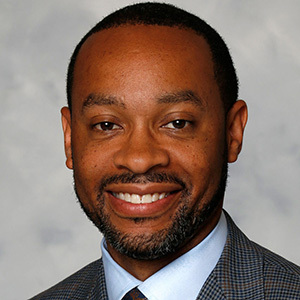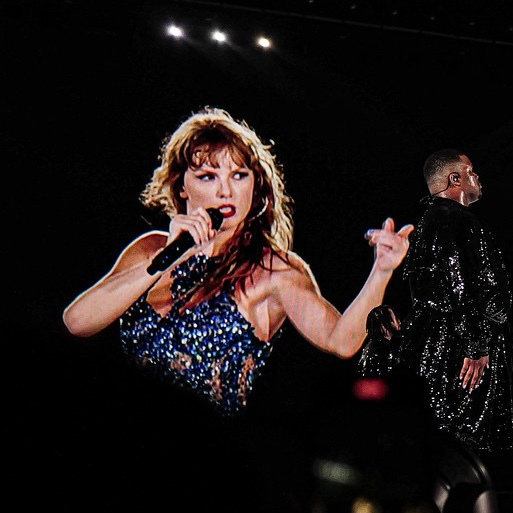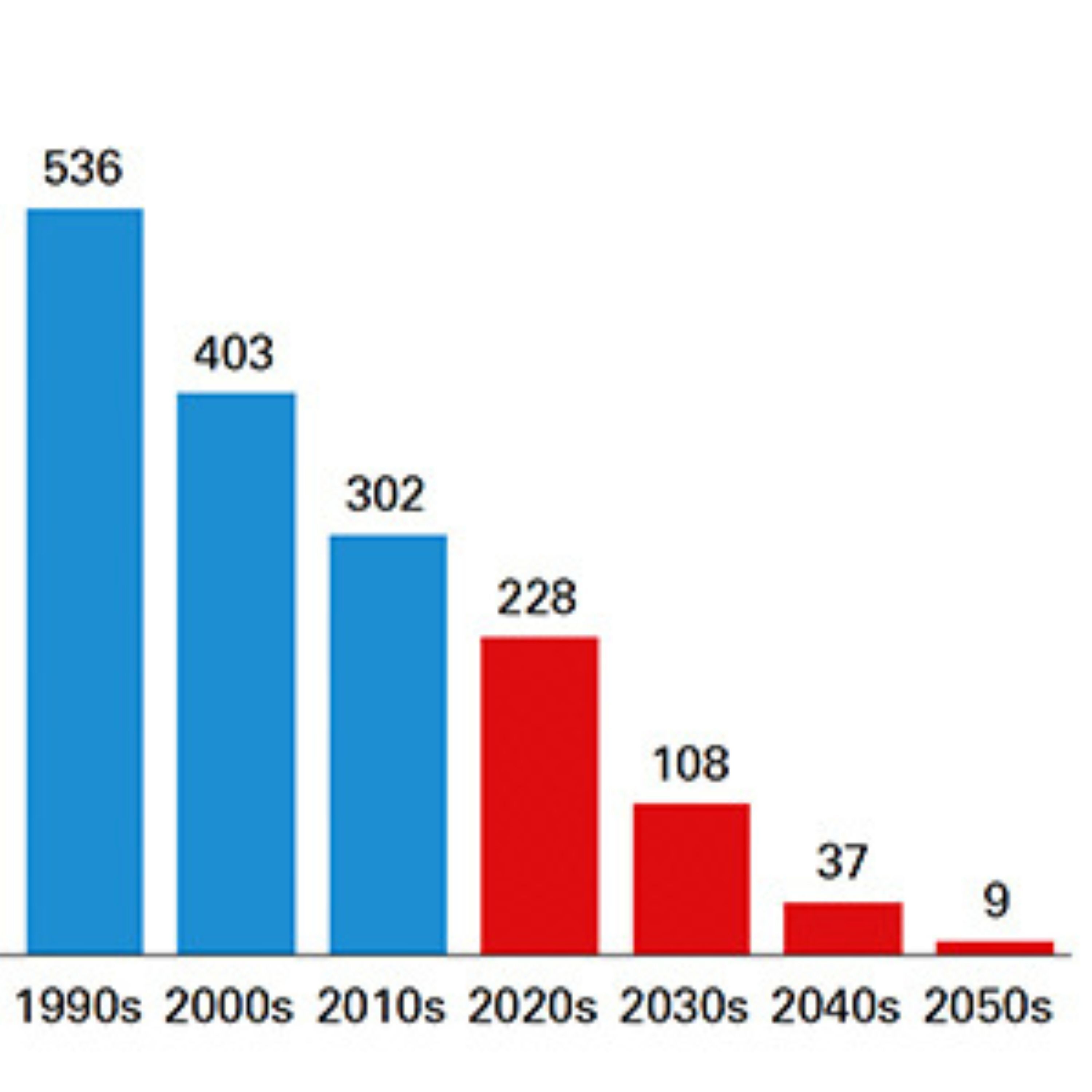JW Marriott’s manager on surviving pandemic, saving March Madness and facing new competition
Description
One easily could argue that the most significant real estate development in central Indiana from the last 15 years was the JW Marriott Indianapolis, which opened in February 2011. With more than 1,000 rooms over 34 glass-encased floors, it instantly became the tallest and largest hotel in central Indiana. It also played an outsized role in the city’s strategy to attract more convention and event business. You’ll recall that Lucas Oil Stadium was completed in 2008. The new Indianapolis International Airport terminal debuted in 2008. Also in 2008, the Indiana Convention Center started a major expansion, which was completed in 2011. With the JW Marriott added to the mix, the city could go a long way to realizing its ambitions of hosting a larger variety of meetings and prominent events. It remains the Big Kahuna of downtown hotels while also serving as the city’s largest billboard—a canvas for hundred-foot graphics commemorating special events.
Phil Ray has been general manager of the JW Marriott for the last decade and had leadership roles in other major local hotels going back to 2003. He has a 34-story perspective on how the city’s status as a convention and tourism destination has evolved, as well as the latest efforts to attract more convention business. Ray and IBJ Podcast host Mason King have a wide-ranging discussion this week on topics such as the new taxing district the city is considering for beautification and public safety efforts downtown, and the city-funded construction of an 800-room hotel that would become the JW Marriott’s biggest competitor. They also discuss how the JW Marriott weathered the first year of pandemic and then became a key player in the audacious effort in 2021 to host all of March Madness in the Indianapolis area.























